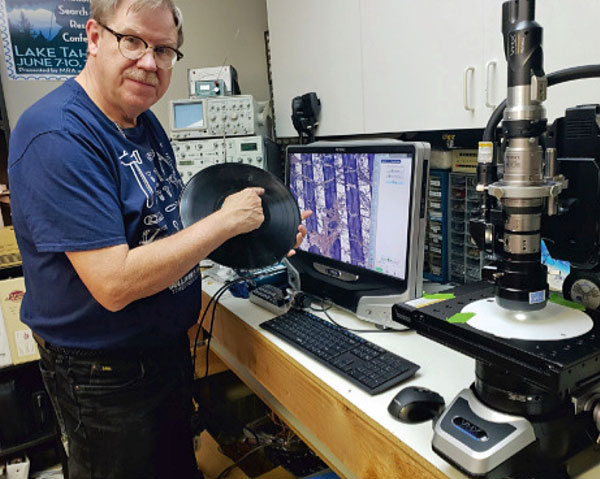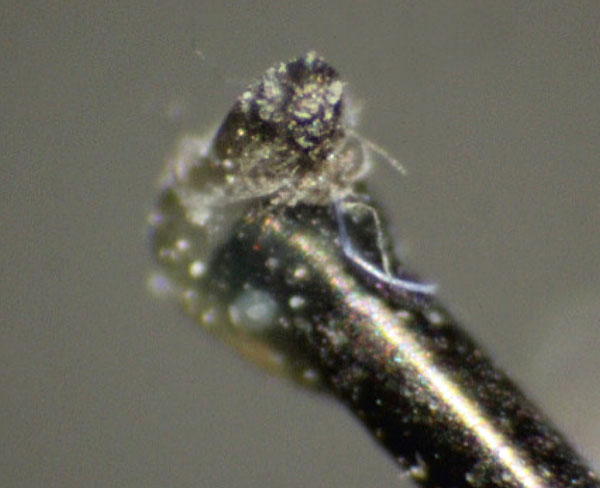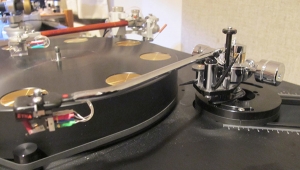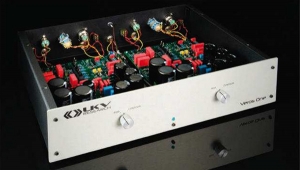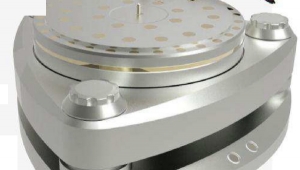| Columns Retired Columns & Blogs |
Hi
The bottom line of any record cleaning liquids is to leave NO residual chemical craps inside the record grooves.
So for cleaning my 1,000+ LPs since day one years back, I only use ionized distilled water available in 4-litre (or 3.5 gallon) plastic bottles dirt cheap from any grocery stores.
However, not all commercial distilled waters are made equal. I've found only ONE make is 100% pure = 0 ppm (part per 1 million parts) measured with my water purity tester.
I got an expensive undersink osmosis purifier system in my kitchen, which pumps out pure water of 10ppm, healthy for drinking for sure. But not yet good enough for cleaning my vinyl.
FYI, I measure my city's raw tape water: 150ppm, & 'natural' spring bottle water: 155ppm. IMO, Not even hygienic enough for pets, let alone human beings.
So I've settled down using only this make of bottled ionized distilled water (measured 0ppm.) for cleaning all my LPs, pre-owned & brandnew. No chemical additives allowed !!!!
This cheapie cleaner works chime with my vinyls. I always play WET by spraying the said distilled water onto a nylon paint brush & apply it wet to any LP before I play.
Sound so quiet (killing the statics due to the moisture) & so FLUID which dry play can never come close sonically.
Listening is believing
Jack L

